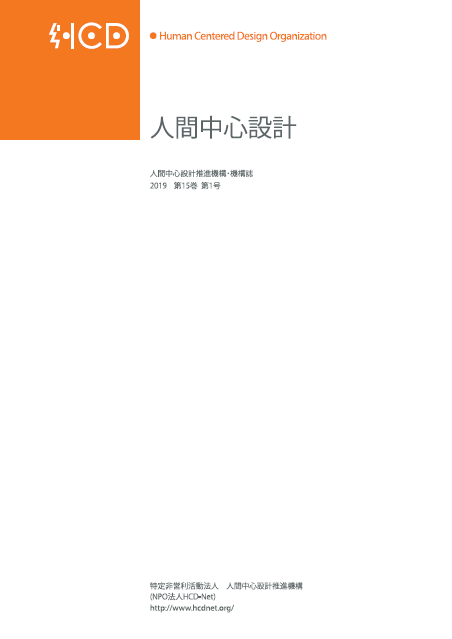Volume 19, Issue 1
Displaying 1-13 of 13 articles from this issue
- |<
- <
- 1
- >
- >|
Front Matter
-
Article type: Cover
2023 Volume 19 Issue 1 Pages 0
Published: March 31, 2023
Released on J-STAGE: April 16, 2023
Download PDF (77K) -
Article type: Table of Contents
2023 Volume 19 Issue 1 Pages 0_1-0
Published: March 31, 2023
Released on J-STAGE: April 16, 2023
Download PDF (137K)
Original Paper
-
Article type: Original Paper
2023 Volume 19 Issue 1 Pages 1-11
Published: March 31, 2023
Released on J-STAGE: April 16, 2023
Download PDF (5419K) -
Article type: Original Paper
2023 Volume 19 Issue 1 Pages 12-18
Published: March 31, 2023
Released on J-STAGE: April 16, 2023
Download PDF (1217K) -
Article type: Original Paper
2023 Volume 19 Issue 1 Pages 19-27
Published: March 31, 2023
Released on J-STAGE: April 16, 2023
Download PDF (8144K) -
Article type: Original Paper
2023 Volume 19 Issue 1 Pages 28-37
Published: March 31, 2023
Released on J-STAGE: April 16, 2023
Download PDF (7983K) -
Article type: Original Paper
2023 Volume 19 Issue 1 Pages 38-47
Published: March 31, 2023
Released on J-STAGE: April 16, 2023
Download PDF (11034K) -
Article type: Original Paper
2023 Volume 19 Issue 1 Pages 48-56
Published: March 31, 2023
Released on J-STAGE: April 16, 2023
Download PDF (2702K)
Case Report
-
Article type: Case Report
2023 Volume 19 Issue 1 Pages 57-62
Published: March 31, 2023
Released on J-STAGE: April 16, 2023
Download PDF (11706K)
Back Matter
-
Article type: Submission Rules
2023 Volume 19 Issue 1 Pages 64-65
Published: March 31, 2023
Released on J-STAGE: April 16, 2023
Download PDF (349K) -
Article type: Submission Guidelines
2023 Volume 19 Issue 1 Pages 66-67
Published: March 31, 2023
Released on J-STAGE: April 16, 2023
Download PDF (346K) -
Article type: Editorial Postscript
2023 Volume 19 Issue 1 Pages 68_1-68
Published: March 31, 2023
Released on J-STAGE: April 16, 2023
Download PDF (170K) -
Article type: Colophon
2023 Volume 19 Issue 1 Pages 68_2-68
Published: March 31, 2023
Released on J-STAGE: April 16, 2023
Download PDF (170K)
- |<
- <
- 1
- >
- >|
